Before YouTube tutorials and Instagram beauty influencers, there were magazine clippings, whispered secrets passed between friends, and curious concoctions mixed in bathroom sinks. The 1960s represented a beauty revolution—a time when traditional glamour met mod experimentation and home remedies thrived alongside emerging product lines. These DIY beauty solutions reflected both the resourcefulness and sometimes questionable scientific understanding of the era, creating memories that women of a certain age still chuckle about today.
1. Beer as Hair Setting Lotion
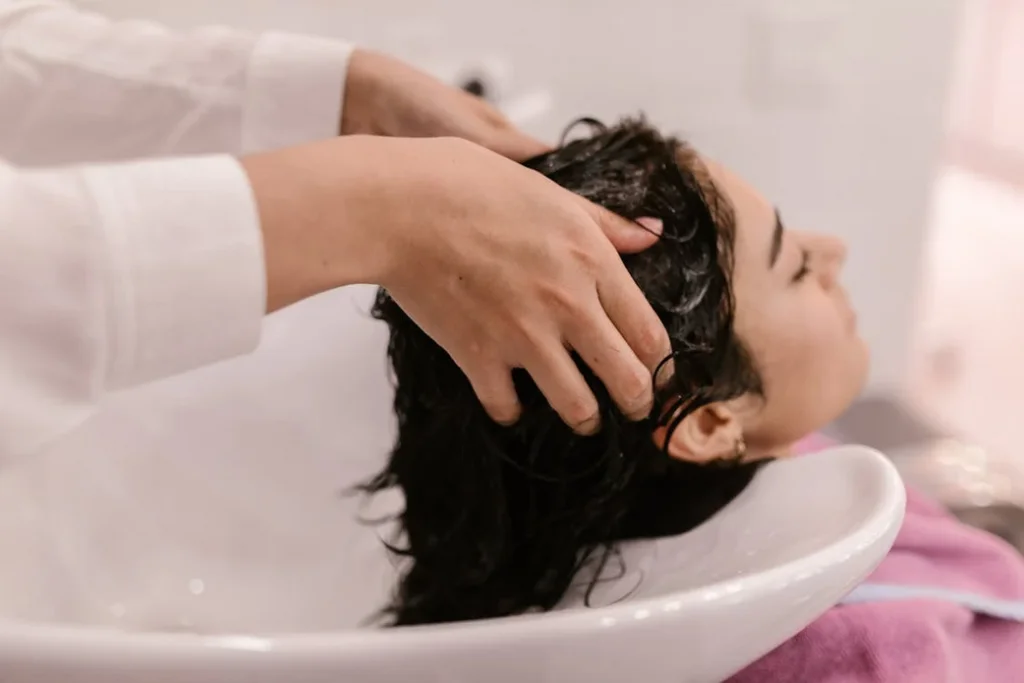
Empty beer cans cluttered bathroom counters not from wild parties but from serious beauty routines, as flat beer became the setting lotion of choice for home styling. Women would apply the sticky liquid to their hair before setting it in rollers, convinced the malt and hops would add body and shine unmatched by commercial products. The morning routine came with an unmistakable brewery scent that supposedly dissipated as hair dried—though family members might argue about how successful that deodorizing actually was. Comet Over Hollywood explores the reasons that draw people to this method of styling hair.
The science behind this hack actually had some merit—the protein in beer does temporarily bond to hair shafts, creating more volume and reflectivity under light. What enthusiasts conveniently overlooked was the drying alcohol content and the lingering fragrance that announced your beauty secret to everyone within conversation distance. This particularly popular hack survived well into the 1970s before commercial products finally formulated protein-enriched setting lotions that didn’t make you smell like last call at the neighborhood tavern.
2. Ironing Your Hair Straight
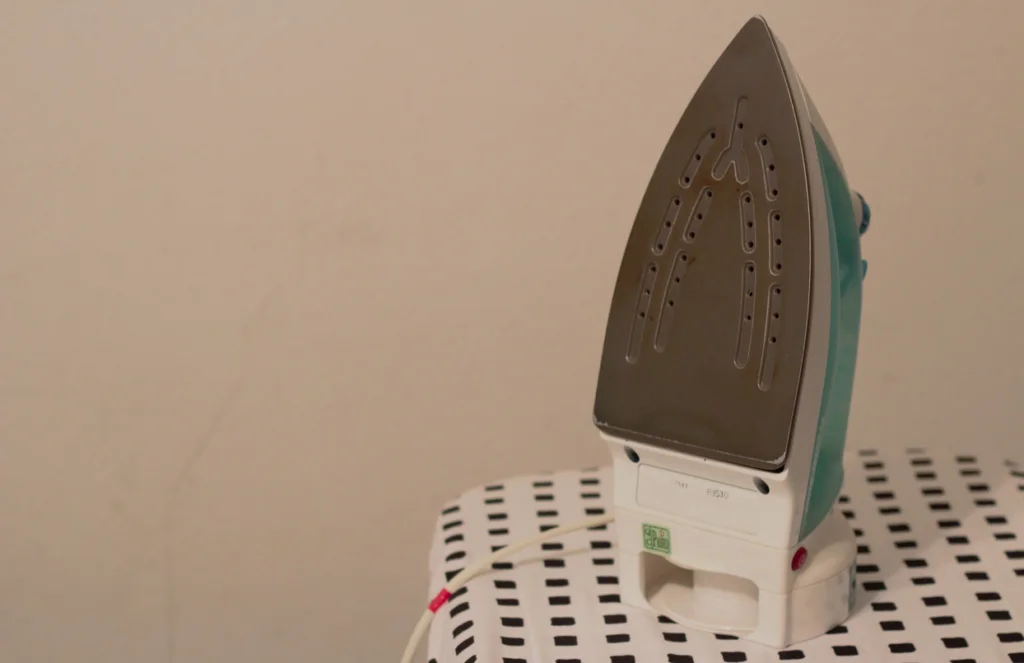
Long before ceramic straighteners graced vanity tables, determined women with naturally curly hair would literally iron their locks using the same household appliance meant for clothing. The technique involved laying damp hair across an ironing board covered with a towel, then carefully pressing it with a household iron—a practice that required both remarkable patience and a high pain tolerance. Friends would often perform this service for each other, creating beauty circles where conversations flowed while heat transformed rebellious curls into the sleek, straight styles popularized by fashion icons like Cher and Jane Birkin. Considering Head and Shoulders has warnings when straightening hair, ironing it is definitely something to avoid.
The damage this caused to hair cuticles was substantial and often irreversible, with split ends and breakage becoming badges of commitment to the straight-haired ideal. Home chemistry experiments sometimes accompanied this practice, with various oils and creams applied as “heat protectants” long before such products officially existed. While modern heat-styling tools have temperature controls and ceramic plates designed specifically for hair, they owe their existence to these early adopters who risked singed ears and damaged hair in pursuit of fashion-forward styles.
3. Baby Oil and Iodine Tanning Solution
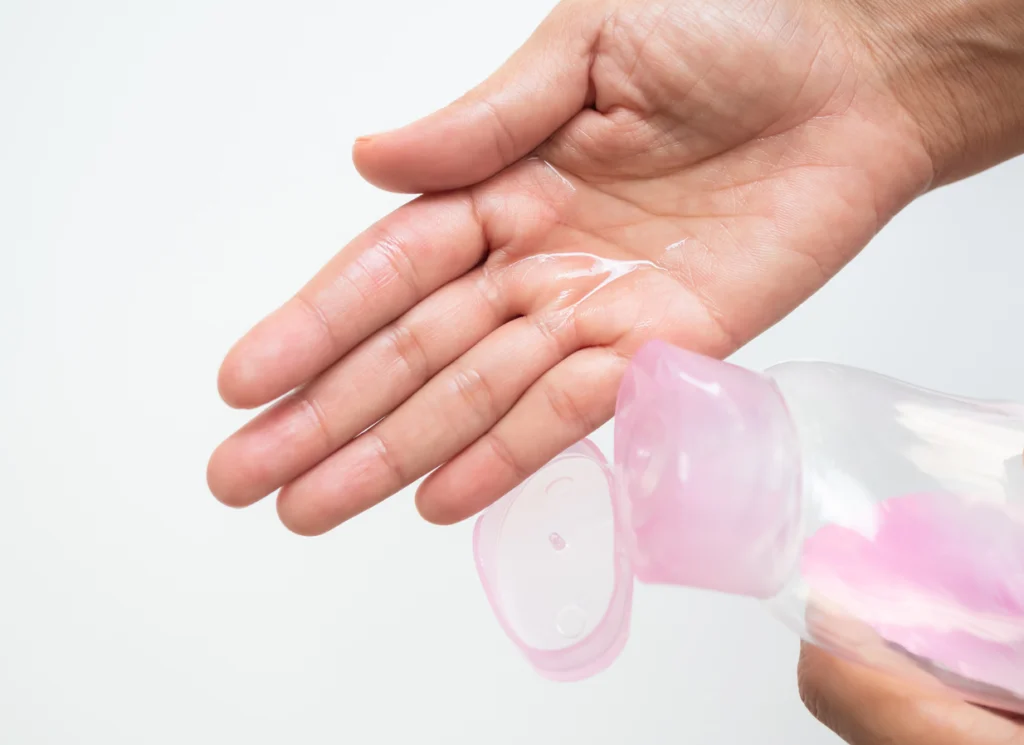
Decades before dermatologists’ warnings about sun damage became common knowledge, beaches and backyards were filled with women basting themselves like holiday turkeys using homemade tanning solutions. The most popular recipe combined standard baby oil with a few drops of iodine—the reddish-brown antiseptic allegedly helping develop a “deeper” tan while the oil created that sought-after glistening effect. The mixture offered absolutely zero sun protection but maximized UV absorption, essentially becoming a recipe for accelerated skin damage under the guise of beauty enhancement. Like other old beauty hacks on here, Byrdie has some strong words of caution against using this method.
Women would carefully rotate like rotisserie chickens, timing their exposure with kitchen timers or wristwatches to ensure even coverage without burning—an impossible balance given the complete lack of SPF. The temporary results could indeed be impressive—deep mahogany tans that stood out dramatically against white swimsuits and summer fashions—but came at a cost only understood decades later when premature aging and skin cancer diagnoses revealed the true price of this particular beauty hack. This practice perhaps best exemplifies the “whether it worked or not” aspect of vintage beauty treatments, depending entirely on whether one’s definition of “worked” included long-term skin health.
4. Scotch Tape Eyeliner Guide
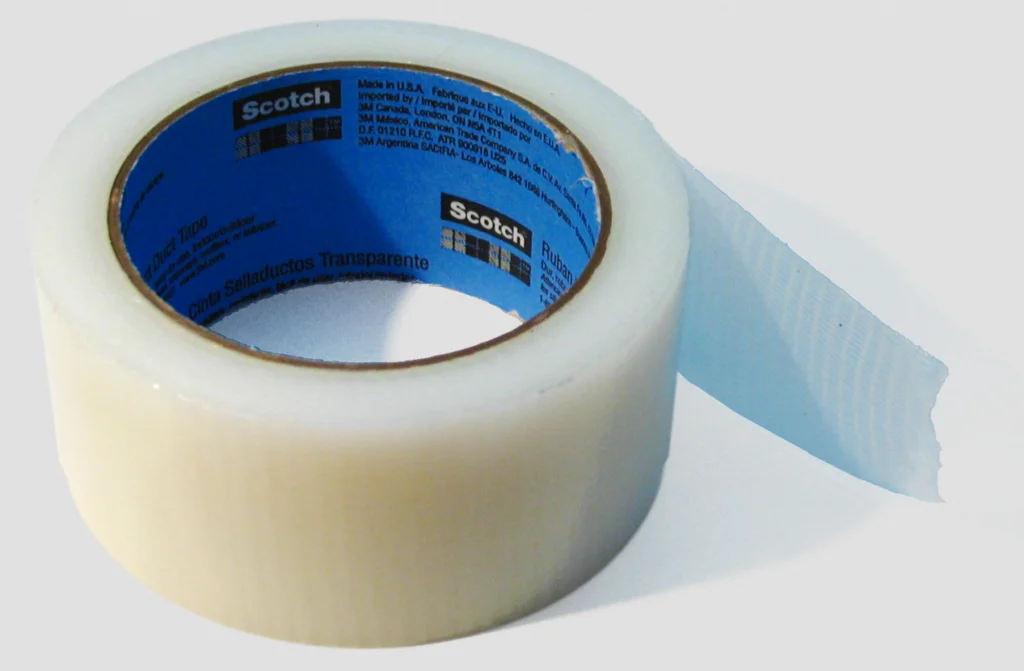
Creating the perfect dramatic cat-eye became considerably easier with this household hack that transformed ordinary transparent tape into a precision beauty tool. Women would place small diagonal strips of Scotch tape from the outer corner of each eye up toward the temple, creating a sharp guideline for liquid eyeliner application. Once the liner dried, they would gently remove the tape to reveal a perfectly crisp edge that mimicked the eye-defining looks of style icons like Twiggy and Sophia Loren.
This technique actually worked remarkably well, though removing the adhesive from delicate eye skin sometimes left redness that required covering with additional makeup. The truly committed would perform this ritual daily, developing permanent slight redness at the tape application spots but considering it worthwhile for geometric precision impossible to achieve freehand. Modern beauty culture has rediscovered this technique via social media, though today’s tutorials typically recommend lower-adhesive washi tape or specialty beauty tape rather than office supplies.
5. Mayonnaise Hair Conditioning Treatment
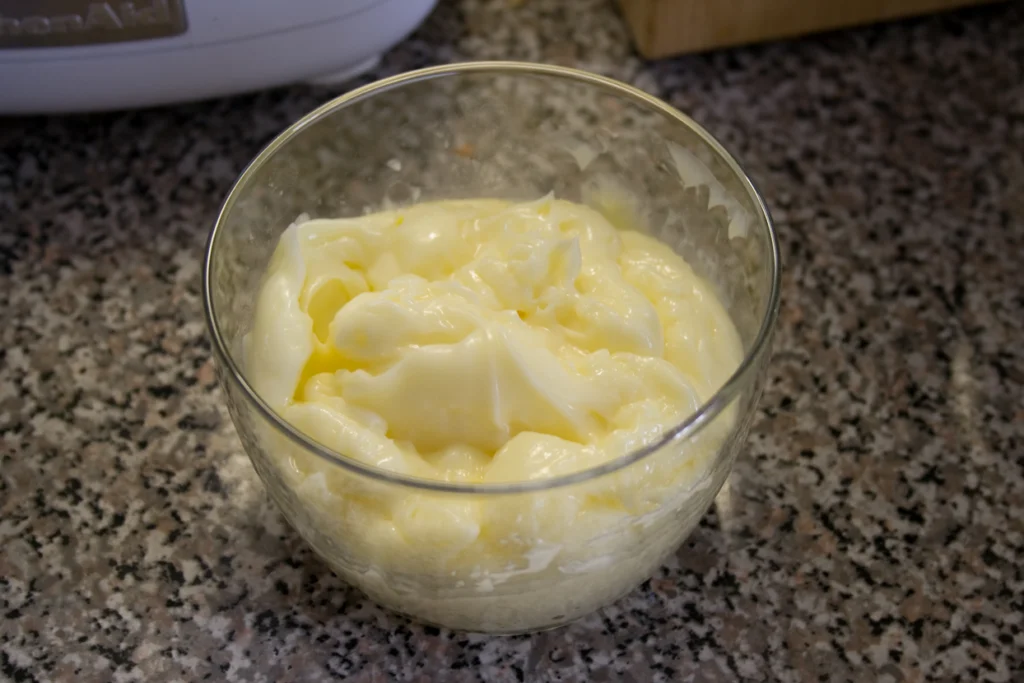
When commercial deep conditioners were either unavailable or unaffordable, refrigerator staples became the solution for dry, damaged hair in need of intensive moisture. Mayonnaise—with its combination of eggs, oil, and vinegar—emerged as the miracle treatment of choice, slathered generously from roots to ends and covered with a shower cap for thirty minutes of fragrant restoration. The egg proteins supposedly bonded to hair strands while oils penetrated the cuticle, creating a conditioning effect that devotees swore transformed even the most processed, damaged styles.
The pungent smell and messy application process made this a weekend-only treatment, often performed while completing other beauty rituals like facial masks or manicures. Rinsing required multiple shampoos and often left a faint eggy scent that lingering perfume application couldn’t quite disguise. While modern science confirms that some ingredients in mayonnaise can benefit hair, contemporary formulations designed specifically for hair care deliver the same results without the salad dressing scent that announced your beauty regimen to everyone in the grocery store afterward.
6. Lemon Juice Hair Lightening
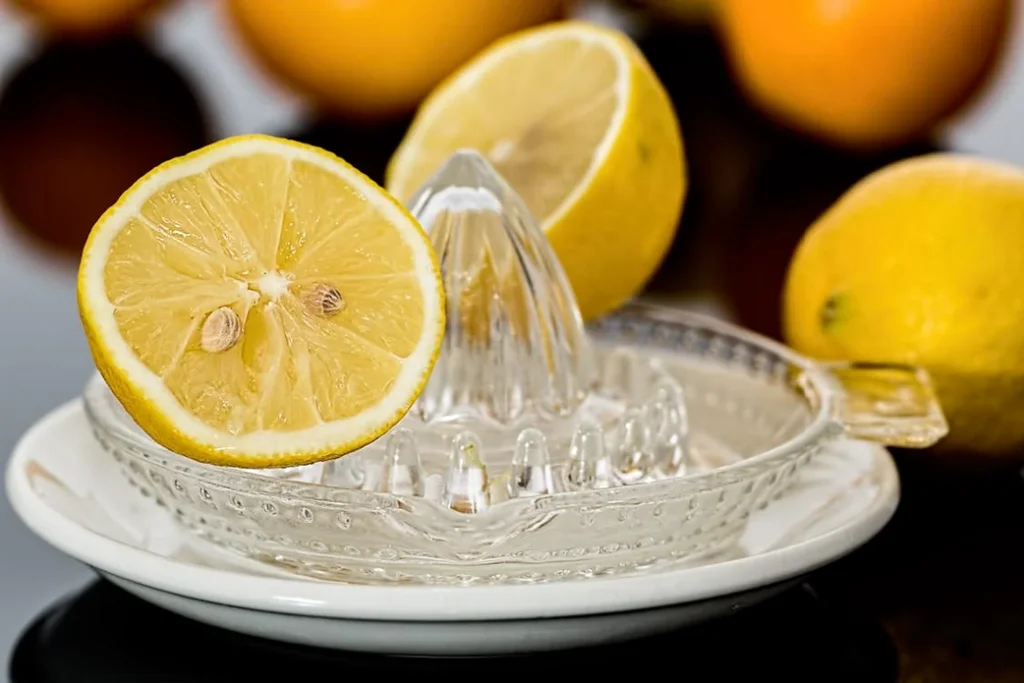
Summertime saw teenagers and young women across America dousing their hair with fresh lemon juice before heading outdoors, creating a citrus-scented halo of sticky hair that promised sun-kissed highlights without chemical processing. The acidic juice, activated by UV rays, gradually lightened hair through a natural bleaching process that developed over days rather than hours. Popular magazines recommended this technique for “natural-looking” results, often suggesting that readers brush the juice through with an old toothbrush for more precise application to selected strands.
The results varied wildly depending on natural hair color—blondes might achieve dramatic lightening while brunettes often ended up with subtle reddish overtones rather than true highlights. The sticky application left hair feeling like straw until washed, and the strong citrus scent attracted bees and other insects during outdoor activities. This technique, unlike many others from the era, actually worked through legitimate chemical reactions and has survived into modern beauty culture—though today’s practitioners often add conditioner to the mix to counteract the significant drying effect of the acidic treatment.
7. Vaseline as Overnight Face Cream
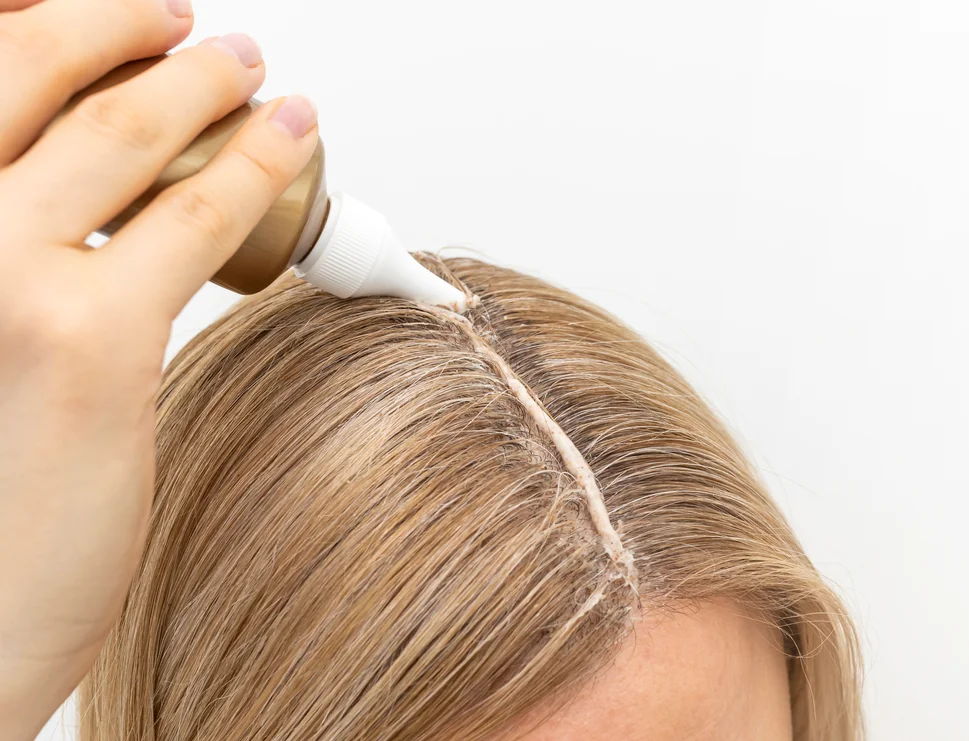
Long before specialized night creams lined department store counters, thrifty beauty enthusiasts turned to the medicine cabinet staple petroleum jelly as their overnight moisture treatment. A thin layer applied to freshly washed skin supposedly trapped moisture while creating a protective barrier against nighttime dryness. Advocates claimed waking to baby-soft skin, crediting the petroleum derivative with preventing fine lines and maintaining a youthful complexion without expensive commercial alternatives.
The practice divided beauty enthusiasts—some swore by its effectiveness while others couldn’t tolerate the greasy feeling and ruined pillowcases that accompanied this particular regimen. For those with naturally dry skin in non-humid climates, the occlusive properties sometimes did provide noticeable hydration benefits. Modern dermatology acknowledges petroleum jelly as an effective moisture barrier but generally recommends it for specific dry patches rather than full-face application, particularly for those prone to acne or congested pores—a distinction not widely understood during the petroleum jelly beauty boom.
8. Raw Egg White Face Masks
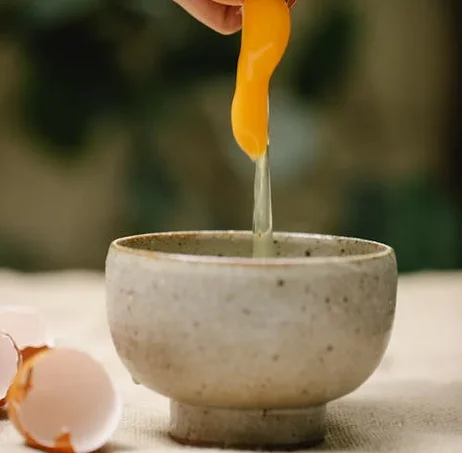
The humble egg became a multipurpose beauty staple, with whites separated and whipped into frothy masks believed to tighten pores and create temporary skin-firming effects. Women would apply the slippery substance to clean faces, allowing it to dry completely into a tight, cracking mask that physically pulled the skin taut before being rinsed away with cool water. The immediate tightening sensation convinced users of its effectiveness, and the practice spread through beauty circles and women’s magazines as an affordable alternative to commercial “astringent masks.”
The protein in egg whites does create a temporary firming effect as it dries, though the benefits disappear immediately upon washing. Beauticians warned about the risk of salmonella from raw eggs coming into contact with mucous membranes, recommending careful application that avoided the eye and mouth areas. This particular hack has experienced multiple revivals throughout the decades, appearing in both 1990s teen magazines and 2010s natural beauty blogs—proving that economical, kitchen-sourced beauty remedies never completely fade from cultural memory regardless of scientific advances.
9. Preparation H for Under-Eye Bags

Perhaps the strangest repurposing of a medical product, using hemorrhoid cream to reduce under-eye puffiness became one of the decade’s most whispered-about beauty secrets. The vasoconstricting ingredients designed to shrink swollen tissues were discovered to temporarily reduce the appearance of bags under tired eyes when carefully dabbed onto the area before makeup application. Models and actresses allegedly relied on this unorthodox trick before photo shoots and appearances, though few would publicly admit to having the embarrassing medication in their makeup kits.
The technique actually worked in the short term but risked irritation to the delicate eye area never intended to receive such medication. The original formulation contained live yeast cell derivative, shark liver oil, and phenylephrine—ingredients that did temporarily tighten skin but have since been modified in modern versions of the product, making today’s formulation less effective for this off-label cosmetic use. This particular beauty hack represents the “by any means necessary” approach to beauty solutions that characterized an era before specialized eye creams and dermatologist-developed alternatives became widely available and affordable.
10. Toothpaste as Overnight Pimple Treatment
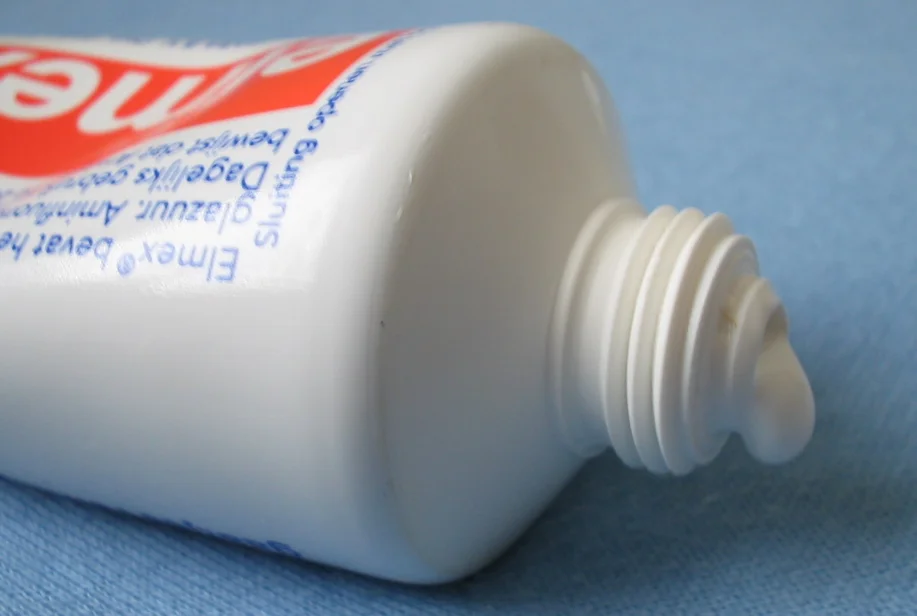
Long before specialized acne spot treatments lined pharmacy shelves, teenagers and adults alike reached for the family tube of toothpaste to combat unexpected blemishes. A small dab of white paste (never gel) applied directly to the offending spot supposedly drew out impurities overnight while reducing redness and inflammation. Morning routines included carefully washing away the dried paste to reveal—according to devoted practitioners—significantly diminished blemishes ready for concealer application.
The mint-scented remedy contained ingredients like baking soda, hydrogen peroxide, and alcohol that did temporarily dry out pimples but often caused irritation, peeling, and even mild chemical burns on sensitive skin. Dermatologists have since debunked this particular hack as potentially damaging to skin’s protective barrier, though its persistence in beauty folklore speaks to how desperately people sought affordable solutions to common skin concerns. This technique epitomizes the 1960s approach to beauty problems—using whatever household products seemed logically appropriate based on limited consumer information about ingredients and their actual effects on different body tissues.
11. Cold Spoon Eye De-Puffing Trick
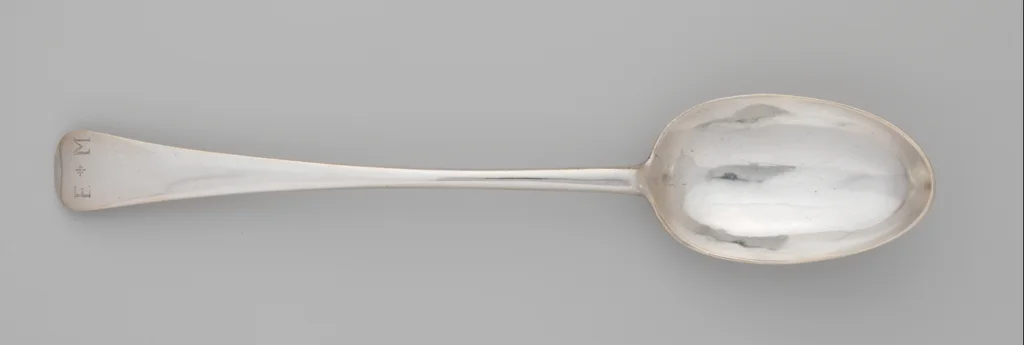
Mornings after late nights often revealed puffy eyes that needed quick remediation before work or social engagements, leading to the widespread adoption of the cold spoon technique. Women would store metal spoons in the refrigerator or freezer specifically for beauty purposes, then press the chilled bowls against swollen under-eye areas to constrict blood vessels and reduce inflammation. The immediate cooling sensation provided both physical relief and visible temporary reduction in puffiness, making this one of the era’s more scientifically sound beauty hacks.
Unlike many questionable period beauty solutions, modern dermatologists still recommend this technique, confirming that cold therapy does temporarily reduce swelling through vasoconstriction. Beauty magazines from the era suggested keeping designated “beauty spoons” separated from everyday flatware—perhaps an early acknowledgment of the importance of dedicated tools for skincare routines. This simple hack has survived virtually unchanged across decades, appearing in contemporary beauty guides and celebrity interviews as evidence that sometimes the simplest solutions are also the most enduring.
12. Coca-Cola as Hair Rinse
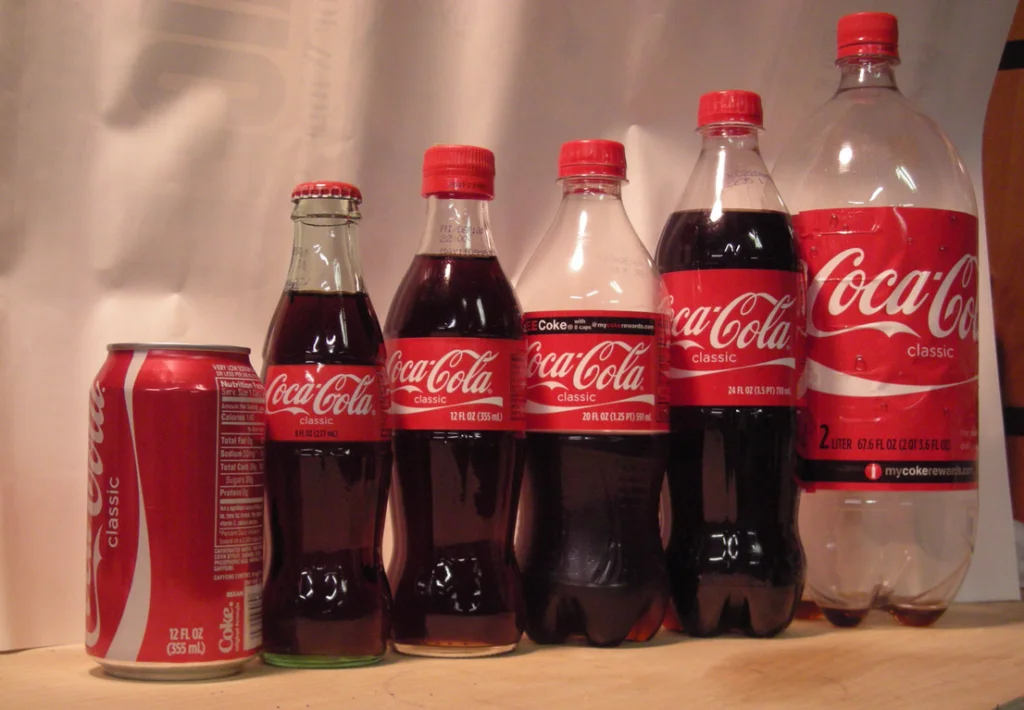
The familiar brown carbonated beverage found its way into beauty routines as an after-shampoo rinse claimed to add remarkable shine and body to dull hair. Women would pour the sticky soda over freshly washed hair, allow it to sit briefly, then rinse with cool water, believing the acidic properties would close the hair cuticle while the sugar created additional texture and volume. Magazine beauty columns suggested this treatment for special occasions when hair needed to look particularly vibrant, though the lingering sweet scent remained a divisive side effect.
The mild acidity in the beverage does temporarily smooth the hair cuticle in a manner similar to modern apple cider vinegar rinses, lending some credibility to this unusual practice. Health-conscious beauty enthusiasts preferred using diet versions to avoid the stickiness of sugar residue, though hair specialists warned that artificial sweeteners and caramel coloring could build up with repeated use. This particular hack demonstrates the creative repurposing that characterized an era when specialized hair products were limited and expensive, driving innovative women to experiment with household staples in pursuit of magazine-worthy locks.
These vintage beauty hacks reveal much about the era—resourcefulness, determination, and a willingness to experiment that sometimes overrode common sense or scientific understanding. While many of these techniques have been replaced by specially formulated commercial products with proven efficacy and safety profiles, they remain part of our collective beauty heritage. Next time you reach for your specialized under-eye cream or heat-protectant spray, perhaps spare a thought for the innovative—if occasionally misguided—beauty pioneers who made do with household staples and shared wisdom, paving the way for today’s more sophisticated approaches to personal care.


